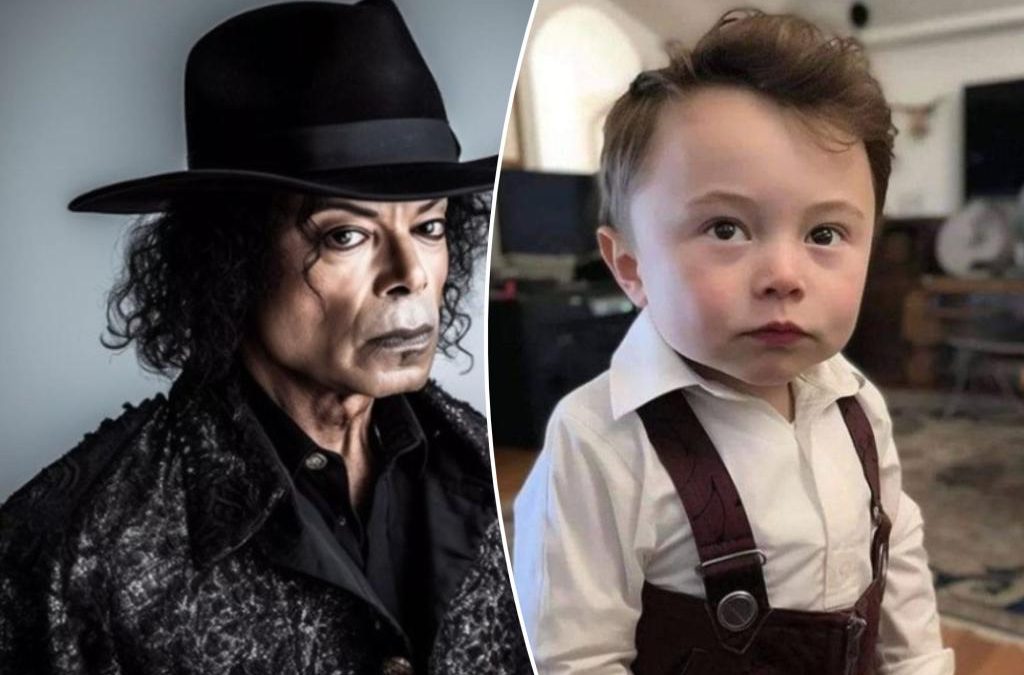Tom Hanks isn’t trying to sell you a dental plan. YouTuber MrBeast won’t give you an iPhone 15. CBS News host Gayle King isn’t recommending a weight-loss product.
I knew this stage of AI tomfoolery was coming, but it’s still surprising how fast it’s happening. Let’s take a closer look at how free and cheap tools are fueling fraud — and the signs to watch for.
Beyonce, Beytwice
Over the past several months, a whole crop of fake AI celebrities has sprung up to trick people with false endorsements. They look and talk exactly like trusted personalities, and they’re usually shilling brands you’ve never heard of. Worse, they’re almost impossible to stop.
Certain AI — including Stable Diffusion apps and some Nvidia tech — can easily mimic “big names” in the celebrity world. Unscrupulous brands, or outright scammers, have no problem taking advantage of this readily available new tech.
Elon Musk, Barack Obama, Tom Brady, Beyonce — the list keeps going, and it’s not just about how celebrities look. AI also excels at mimicking famous voices, which is how fans mistook songs by AI mixer Ghostwriter as new releases from Drake and The Weeknd. Feeling paranoid?
Keep your guard up
Here’s what social media sites and even Google don’t want you to know: They do a lousy job vetting advertisers. They’re focused on the cash, meaning scammers end up with the real results.
If you want advice about a product or service, look at reviews or find an expert who’s well-versed and can prove it. Another smart step: Google the product and actor in the ad, along with the word “review.” If someone’s getting paid to endorse a product, there’s not just one random ad floating around social media.

Tells that it’s AI-made
It’s not just ads. AI is everywhere, and the tools are simple to access and widely accessible. Take a look at what Michael Jackson would look like today, Elon Musk as a toddler or if selfies existed in history’s biggest moments.
I used one of those viral AI headshot apps. My favorite shot is the one with my fingers going into my cheeks. Now is the time to brush up on the red flags a graphic, photograph, piece of art or image was made using AI.
- Perfect symmetry: AI takes symmetry to a whole new level. In some cases, everything looks unnaturally balanced — to the point that you could fold an image in half, and it would be perfectly mirrored on both sides. Landscape photos and close-up shots are prime candidates.
- Distortion: There’s usually a little wonkiness or distortion hiding in an AI image. Look at the faces in a crowd; chances are you’ll find someone who looks like they went for a swim in an oil painting.
- Unusual proportions: Objects might seem too big or small, like cars as tall as homes or doorways too tiny for anyone to squeeze through.
- Shadows and light: Real-world photos play nice with the laws of physics, but AI? Not so much. Shadows tend to go in all directions.
- Unnatural textures: Images might appear too smooth, with no natural textures or color variations. On the flip side, it can have the opposite effect; hyper-realistic portraits with zoom-worthy wrinkles, pores and blemishes are also a thing.
- Watermarks: Most free AI image generators stick watermarks onto their creations. You’ll usually find them in the bottom right corner in the form of a logo or text pointing to the site or app.
- Weirdness: While AI continues to improve, there’s still a trace of the bizarre. Look for oddities like strangely shaped features, too many fingers or accessories that don’t match. It’s always the small things!
Kim Komando
Sound like a tech pro, even if you’re not! Award-winning popular host Kim Komando is your secret weapon. Listen on 425+ radio stations or get the podcast. And join over 400,000 people who get her free 5-minute daily email newsletter.
Tools you can use
If you’re still feeling iffy about an image’s origin, try a free AI detection tool. They’re not perfect, but they can help.
- AI or Not: Simply drag and drop, upload, or paste an image URL into the search bar, and AI or Not will tell you if it’s legit.
- Maybe’s AI Art Detector: Pretty much the same as AI or Not, but it will give you the AI verdict in percentages (like “20% human and 80% artificial”).
Don’t forget about Google’s reverse image search. If Google returns with the same image from credible sources, chances are it’s real. But if it points you to an AI site, you might want to sound the alarms. Here’s how to check on iPhone and Android.
Source




